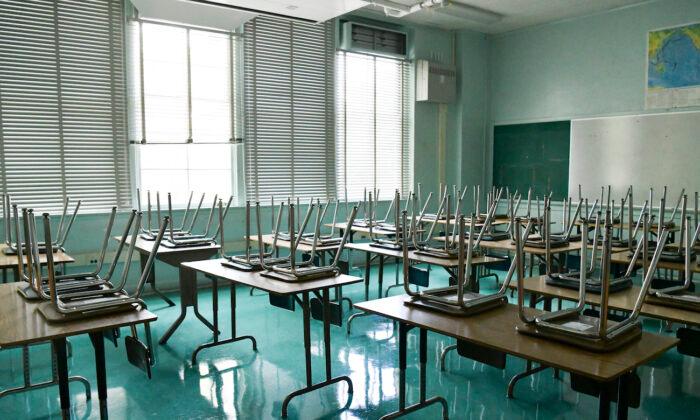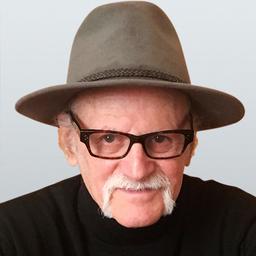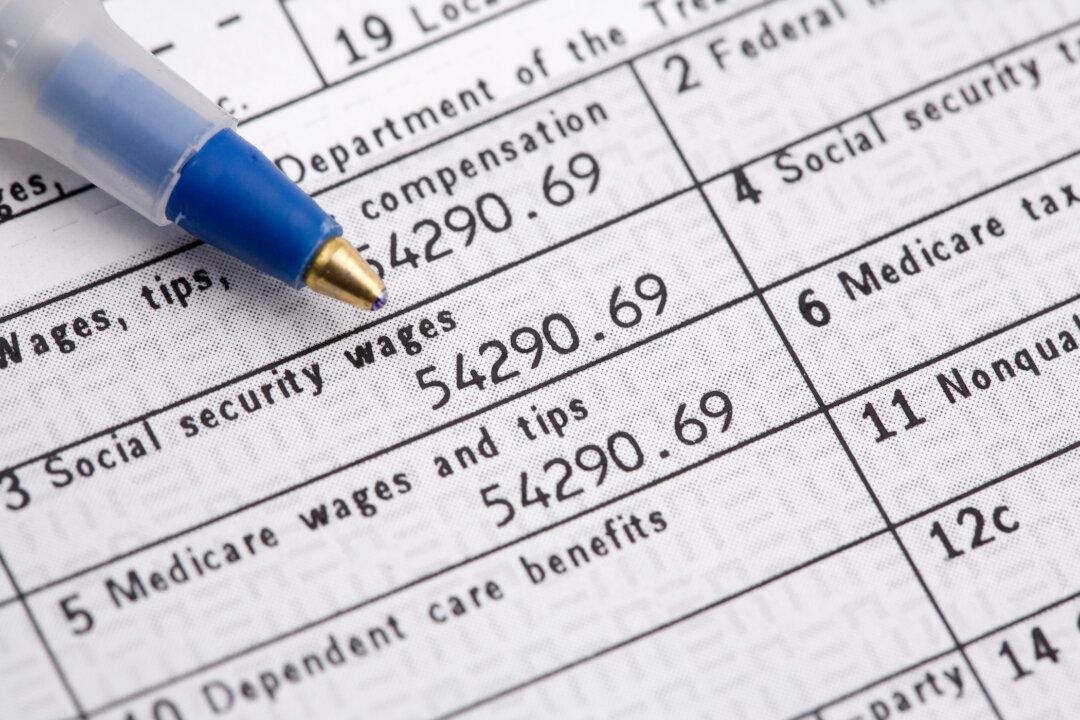In February this year, the newsletter The Peanut Gallery stated: “In March of 2022, Yana, a 13-year-old Ukrainian girl, and her mother fled to escape Russia’s invasion and went to San Francisco, where Yana’s aunt lived. This January [2023], Yana began attending eighth-grade classes at Marina Middle School despite speaking little English. While she’d seen idealized versions of U.S. schools in movies, she wasn’t prepared for what she would experience in real life.
“Within her first two days at school, she saw classroom behavior that she never would have dreamed of. Students interrupted lessons, jumped on desks, and cursed at teachers. ‘After one week,’ she recalls, ‘I understood that was normal.’ Soon, she became the target of bullying. Her phone was stolen, and when she confronted the thieves, they began ‘yelling and cursing and moving toward her.’ Luckily, a counselor intervened, but the damage was done—Yana hasn’t returned to school since, and her family has requested a transfer. Yana, understandably, just wants to go back home to Ukraine and the life she knew.”
Additionally, teachers are pressured to comply with the district’s Social and Emotional Learning (SEL) policy that mainstreams those students into the classroom—as if, after teachers have been forced to master classroom management and then social work (while teaching a well-crafted lesson), other students, receiving half the attention they should, will not leave.
Not disclosed is that the superintendent’s policy, along with San Francisco’s SEL policy, are disguised critical race theory (CRT), which proposes that inherent American racism explains teachers’ struggle with students suffering from the uncurable legacy of slavery, Christopher Columbus, and Hernán Cortés; and that it is, therefore, a good opportunity for teachers to deal with that ignorance.
Fact: Classroom management and social work come at the expense of the day’s lesson.
Consider Japan. Faculty meetings include one teacher, with her students, presenting a lesson—with faculty afterward offering constructive criticism. That is professional development.
Compare it to an American faculty meeting where teachers, like students at Marina Middle School, are bored to tears. As they discuss test scores for the umpteenth time, they rattle their keys to signal they want to go.





